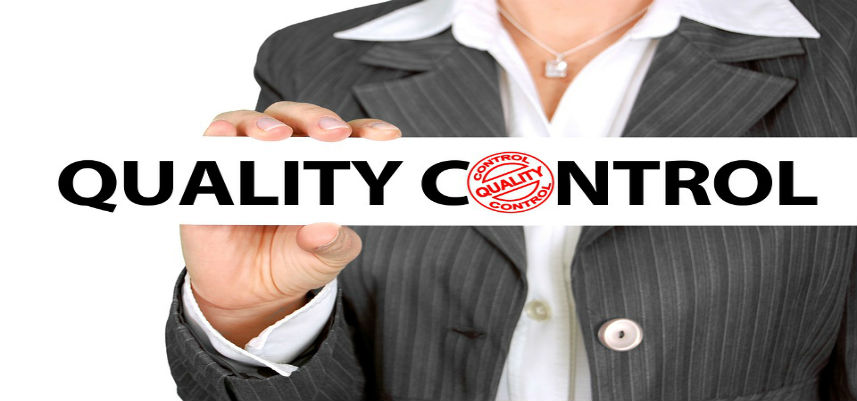As they say success doesn’t come easy. And it holds true even if your business is growing. While skyrocketing figures guarantee a burgeoning enterprise, abrupt expansion is business activities and its revenue can outpace its ability to manage it well. Most business owners might be surprised to read about this. A common question that how can rapid success be the underlying cause for failure may trouble many of us. But as misleading the statement is, so is the ground reality. It happens more often than we realize and is common in all types of businesses of all sizes, across different industries.
But what factors contribute to this seemingly unnatural way for a business to face failure. Let’s have a look.
For a moment imagine you have launched a new fitness product in the market. People like your product and your sales start increasing. Money starts rolling in and so does more business as you market your product to new audiences. The growing demand of your product encourages you to diversify your product so that your business grows exponentially. There is happiness galore as money keeps coming and you spend on bigger marketing campaigns.
During your bliss, you forget to have an in-depth analysis about your business finances. One day, your financial advisor shares a memo with you and it is like a bolt from the blue. You learn that your business, despite its growth, is losing money. The loss isn’t huge chunks of money or wavering cash flows; however, a meager consistent loss is there. Despite having amassed huge chunks of financial reserves, there seems like an abrasion in your business that is slowly draining out your hard earned money, so much so that your expenses are exceeding your revenue.
Your natural reaction is of disbelief. Surely there must be something wrong in the calculation. How is this actually possible that despite having gathered huge sums of money, your expenses are exceeding your profits? You provide the finance department with your feedback on how you plan to introduce more products in the market. You explain to him that the business revenue has been going up, doubling in first year and will be following the same route. But, you notice that your finance staff isn’t too impressed with your response. Your accountant slowly mutters, "business figure can’t be wrong."
The dilemma of excessive growth failures lies in over-concentrating on the products that the entrepreneurs keep introducing in the market. The business owners’ attention is on the marketing, promotion and sales of the product, while other significant components of the business go into backdrop. Consequentially, despite the business exceeding its sales goals, its infrastructure keeps evolving at a lethargic rate, something that is not synonymous to the growth. This causes a serve imbalance, causing small loopholes to appear in the system that ultimately lead to the sad demise of the business. If you keep overlooking these seemingly harmless issues, then a point comes when these problematic areas start growing at the same rate as sales, sometimes even exceeding them, causing the business to malfunction and crumble.
Still got doubts? This has happened to biggest companies who have not paid heed to the tiny crumbling that started before the final collapse.
This spells out a loud counsel for all current and aspiring business owners to keep the growth of the business in alignment with the internal structure of the enterprise.
Following points will help you to keep a balance between the growth and other components of your business.
Focus On An Evolving Management Design

Setting up a new business with numbered employees and few job descriptions is easy to manage. However, the real challenge is to create a management design that evolves as your business grows. With increasing employees and more defined roles, it is quite essential for you to ensure that quality control and other functions of the business are conducted in accordance to the pre-determined benchmarks.
To make it easier to develop a scalable management design, it is also a good idea to write down the jobs descriptions of the all the employees working in your business. An organizational chart will also help in outlining roles of each personnel. If you are persistent enough to keep on updating it from time to time, you will see that the your organization structure will appear in the form of a pyramid with the CEO on top and subsequent increase in the blocks, ending with the most wide row at the bottom.
Outline Features Of Quality Control

If your company is growing and you are unable to keep track of the quality of the products, then your business is doomed to face failure. It is absolutely essential that as you increase the quantity of your products, you should work dedicatedly in providing consistent experience. You should clearly determine which features your quality control system shouldn't comprise on and then you should assign someone within the management to ensure that the standards are being met.
To combat any discrepancies in the quality check as your business expands, you should adhere to a quality control system by choosing a manager who would ensure that all practices are in par with the highest standards, your business aspires to achieve. Depending upon the type of business you are running, your quality control standards would differ. If you don’t have a unique quality control based on the niche of your business, it is most likely that the quality of product would suffer overtime.
If your business is growing at an exponential rate, then you must hire a management team that works towards maintaining the quality of products manufactured or the processes being carried out in your business. It will make things quite convenient for you, as you will be able to hold a particular person or team responsible in an event anything goes wrong. Also it is important to grow your quality control department, at the same rate your business grows.
Don’t Procrastinate When It Comes To Execution

After creating a scalable management design and a seamless quality control department, it’s time that you make sure that both these components are executed faultlessly and are in aligned together. All the employees working in the management and quality control department should be well-versed with their roles and duties. Apart from educating the personnel about their respective functions, you should be always on your toes to make sure that all the assignments are executed without any blockades. Here, daily and weekly checklists come in handy as they help you quickly scan if the duties assigned to particular members have been performed or not.
Figures Are Not False. Pay Heed To Your Figures

With all the above practices intact, it is best to be wary of your numbers, as they will reflect the true standing of your business. In fact, they provide you with solid feedback that can help you patch up loopholes that may still be present in your business.
So when your business figures speak a different language, learn that language to decipher what the actual problem is. A bit of retrospective and you will be able to determine what your business lacks, allowing you to construct a system that would eliminate the problem from its roots.


